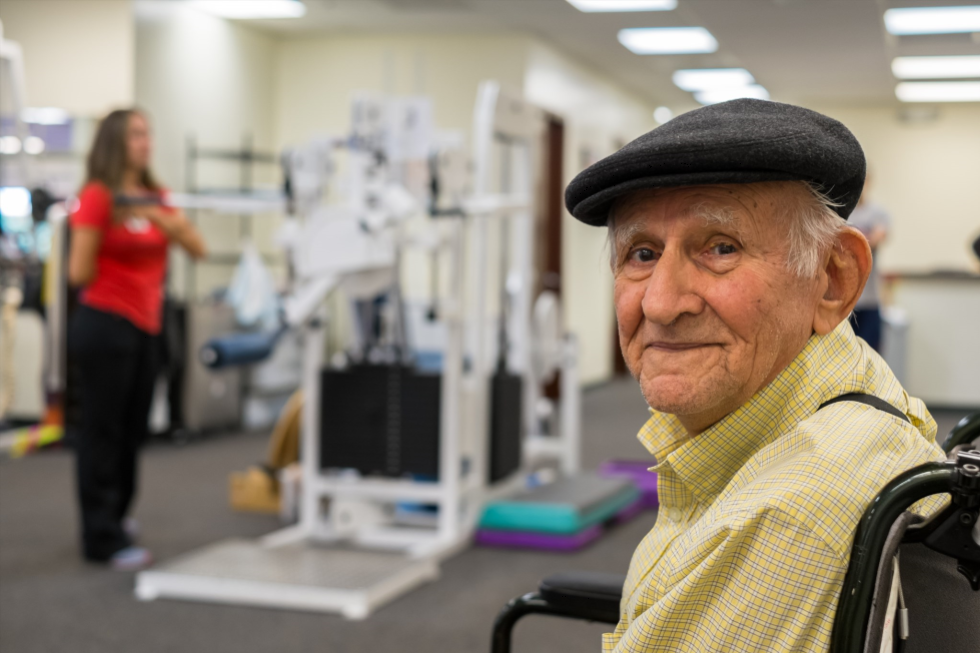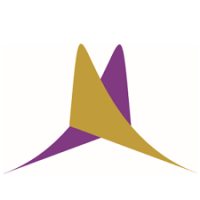Hazardous Manual Tasks

Learning Activity Description
As a health care worker providing care or services to older people living in residential or home care you are required to practice in accordance with the requirements of the Aged Care Quality Standards.
This learning resource will also have relevance in all of other health care settings providing care or services to older people.
Aged Care Learning Solutions educational material is endorsed by the Australian Nursing and Midwifery Federation.
Learning Outcomes
- State what is meant by hazardous manual tasks
- List the main injuries caused by hazardous manual tasks
- Describe how different parts of the body can be damaged by unsafe manual tasks
- Apply the information on hazardous manual tasks to prevent injury to you and others
- Outline Work Health and Safety responsibilities, including hazardous manual tasks risk management
- Assess the risk associated with hazardous manual tasks actions and situations
- Explain how reporting and recording incidents and injuries can reduce hazardous manual tasks risk
- Demonstrate that safe use of hazardous manual tasks equipment reduces hazardous manual tasks risk
- Outline the safety issues relating to moving people
- Apply the information on people’s rights, people’s independence and the importance of exercise to people’s care
- Relate the information on people’s thoughts and feelings to their transfers or moving
- Show how the information on hazardous manual tasks and people's reactions can be used to reduce fear and aggressive actions when moving people Identify the safety issues associated with team lifting
- Explain how peoples experiences and worker attitudes can impact the risk of hazardous manual tasks injury.
- Describe the safety issues with moving and lifting
- Identify attitudes and ways of moving and lifting that are unsafe
- Describe the safety issues with desk work
- Identify attitudes and ways of doing desk work that are unsafe
- Describe the safety issues with pushing and pulling
- Identify attitudes and ways of pulling and pushing that are unsafe

- Anaesthesia | Paediatrics | Calculations, Correcti...
- Posted By eIntegrity Healthcare e-Learning
- Posted Date: 2024-11-18
- Location:Online
- This session deals with diagnosis and correction of common electrolyte abnormalities.
- Anaesthesia | Paediatrics | Monitoring and Titrati...
- Posted By eIntegrity Healthcare e-Learning
- Posted Date: 2024-11-18
- Location:Online
- The aim of this session is to put your theoretical knowledge to practical use, by working through a series of scenarios relating to fluid management in children.
- Anaesthesia | Paediatrics | Anaesthesia for a Chi...
- Posted By eIntegrity Healthcare e-Learning
- Posted Date: 2024-11-18
- Location:Online
- This session will outline the principles of anaesthesia for children with cerebral palsy presenting for elective surgery. It will cover how the severity of cerebral palsy directly affects the techniques chosen
- Anaesthesia | Paediatrics | Postoperative Fluid Ma...
- Posted By eIntegrity Healthcare e-Learning
- Posted Date: 2024-11-18
- Location:Online
- This session describes postoperative fluid management in children and the clinical response to specific conditions which may arise.
- Anaesthesia | Paediatrics | Appendicectomy and Lap...
- Posted By eIntegrity Healthcare e-Learning
- Posted Date: 2024-11-18
- Location:Online
- This session explains the key components relevant to the anaesthetist in the perioperative management of a child undergoing urgent appendicectomy and laparotomy.





